Years after rumors started, months after it was announced, and a week after
preorders began, the Apple Watch became a reality for millions of users, starting on April 24, 2015.
Unless you were seriously into Rolex, there's a decent chance that you had stopped wearing a
watch once your iPhone had
become part of your life. It's not true that everyone stopped, but a noticeable number did — and then it seemed
as if they all came back in 2015.
For years before then, the very idea of an "iWatch" was both mocked and longed for. After it
was launched in 2015, after Apple Watch became a reality, it was still mocked a little, and it was still longed
for a lot.
But it was also bought. Today, according to statistics collated by Business of Apps,
up to the end 2024, Apple has sold over 300
million of the Apple Watch.
That has to be an approximation as Apple does not release figures, but then neither does
Samsung. Based on similar approximations by Sammobile, though, it's
estimated that Samsung has sold over 100 million smartwatches.
That's a huge number, but it's only a third of Apple's sales. And Samsung began selling its
smartwatches two years before Apple began.
Developing the Apple
Watch
Apple's now ex-chief designer Jony Ive has claimed that discussions about the Apple Watch didn't start
until early 2012, and specifically after the death of Steve Jobs the year before. The New York Times wants to differ,
though, as it said in December 2011 that Apple had been working on a watch "over the last year."
"A person with knowledge of the company's plans told me that a 'very small group of Apple
employees' had been conceptualizing and even prototyping some wearable devices," he wrote. "One
idea being discussed is a curved-glass iPod that would wrap around the wrist; people could communicate with the
device using Siri, the company's
artificial intelligence software."
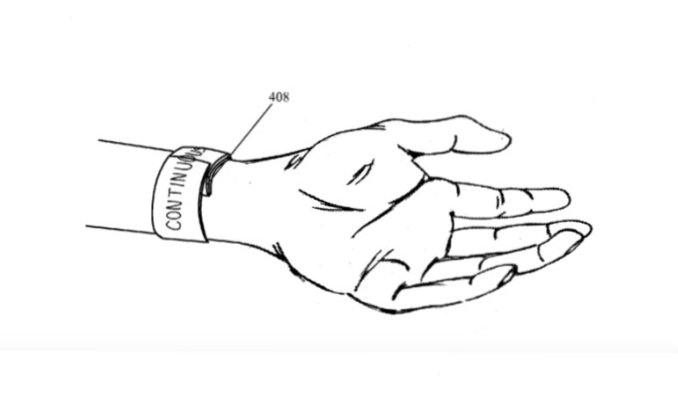 Hidden in an early 2010s patent was this Apple Watch design
Hidden in an early 2010s patent was this Apple Watch design
"The brain that brings all these things together is the smartphone, which after all is really
the first wearable computer," he continued. "Researchers note that the smartphone is almost never more than
three feet away from its user."
In a disagreement between Ive and the New York Times over Ive's own work, you have to
side with the designer. Except there was an Apple patent application that mentioned "a wrist-watch device" — and
that application was in December
2007.
Patents always try to cover the greatest possible number of uses of the technology they
describe, the better to help with any future legal cases. But even if it were only a passing thought in 2007, it
was still a passing thought about an Apple Watch.
Not only was it a thought for someone at Apple, there were AppleInsider forum members asking
about a Watch. They were asking about it even earlier, in 2005, and for one
clear reason.
At that point, Apple had launched the iPod nano and it was so small that it could be worn as a
watch. And people did it, people did convert their iPod nano devices into a watch.
It's a long road from an iPod that plays music, to a device that actually
saves lives. But the demand was there and the idea was there.
The clues kept coming
That 2007 patent may or may not have been serious, by 2013 there was no doubt. While it could
still have chosen not to go further — see the Apple Car and how that project
was cancelled — Apple was very seriously researching a watch.
Forget trying to cover all bases, another
patent was for a "bi-stable spring with flexible display," and its illustrative diagrams include ones
with such a device worn on the wrist. Apple called it a bracelet, so perhaps it wasn't then confident of getting
everything into a watch-sized device, but it was trying.
"With a touch screen user input a user can accomplish a number of different tasks including
adjusting the order of a current playlist, and reviewing a list of recent phone calls," said the patent. "A
response to a current text message can even be managed given a simple virtual keyboard configuration across the
face of the flexible display."
In retrospect, we can see just how serious Apple was, and not just because we now have Apple
Watches. In that same year of 2013, former Adobe chief technology officer Kevin Lynch joined Apple as a —
something.
Even he didn't know. Seriously.
Lynch was hired before being told what he would be working on. And if that's a sign of secrecy,
this is a sign of the state of progress on the Apple Watch at that time — Lynch had to skip Apple's usual
induction program.
Instead, he went straight to the Apple Watch studio. He wasn't working on his own and he wasn't
working with a blank slate, but he also wasn't working with any functioning Apple Watches. Or a functioning watchOS.
Lynch joined Apple in March 2013. Then in September 2014, Tim Cook formally
announced the Apple Watch.
Announcing and launching the Apple Watch
It's a very long time since Apple has been able to reveal a device and say "available today."
That's partly because of the sheer scale it has to work at now, and partly because so many of its devices have
to go through the FCC approval process.
Rather than wait for any possible leaks from that process, Apple steps out into the spotlight
first. And on September 9, 2014, Apple unveiled the iPhone 6.
And the iPhone 6 Plus. It unveiled Apple Pay. It shoved U2 into our iTunes libraries.
"We've really gone through enough to call it day," said Cook. "But we're not quite finished
yet. We have one more thing."
"We love to make great products that really enrich people's lives," he continued. "We love to
integrate hardware, software, and services seamlessly. We love to make technology more personal, and allow our
users to do things that they could never have imagined."
"We've been working incredibly hard for a long time on an entirely new product," he said. "And
we believe this product will redefine what people expect from its category."
I am so excited and I am so proud to share it with you this morning. It is the next chapter in
Apple's story," he concluded in his low-key, downbeat kind of style.
One wait ended,
another began
After years upon years of heightened speculation only really equalled since by the Apple Vision
Pro, the Apple Watch was real — and nobody could buy one. Not for another 227 days until April 24, 2015.
During that time, Cook even had to reassure
us all that the Apple Watch really was launching. And if we believed him about the launch date, plenty
of people did not buy a word of his hype about the device in general.
AppleInsider was cautious about it, too, and in a way that now seems prescient — or at
least practical.
"We believe the Apple Watch has huge potential, and very real benefits right now," we said at
the time. "But if the decision is to buy a Watch now or wait until the next generation, and you're not
the typical early adopter, maybe you should wait. Or at the very least, buy the cheapest Sport model you can."
Renumbering the
Apple Watch
What arrived on people's wrists starting April 24, 2015, was just called the Apple Watch. Or it
was called ludicrously expensive, if you went for the gold-plated edtion.
Fast forward a year to September 2016, and suddenly the Apple Watch had numbers. Lots of them.
There was the brand-new Apple Watch Series 2, but also a revised version of the original, now
called Apple Watch Series 1. The original original, the un-revised one, started to be known as the Series 0.
After that, and to this day, there has been a new Apple Watch every year. It would be highly
unusual if 2025 didn't see an Apple Watch Series 11 in September.
It would also be unusual if absolutely every year saw a major change, a truly major improvement
in the Apple Watch. But such a change did happen with the Apple
Watch Series 4 in 2018.
"Every bone in my body tells me this is very significant," Jony Ive said at
the time. "I'm so zealous about the Watch because I see it as making a material difference to people's
quality of life and actually their ability to be alive."
By the time of the Apple Watch Series 4, Apple was seeing its role as very clearly one to do
with health. Previously it might have been health, might have been fashion, and it might have been anything, but
now Apple knew what it had.
And it added an EKG to the Apple Watch Series 4. It has kept adding new health features ever
since — or sometimes, it at
least tried to.
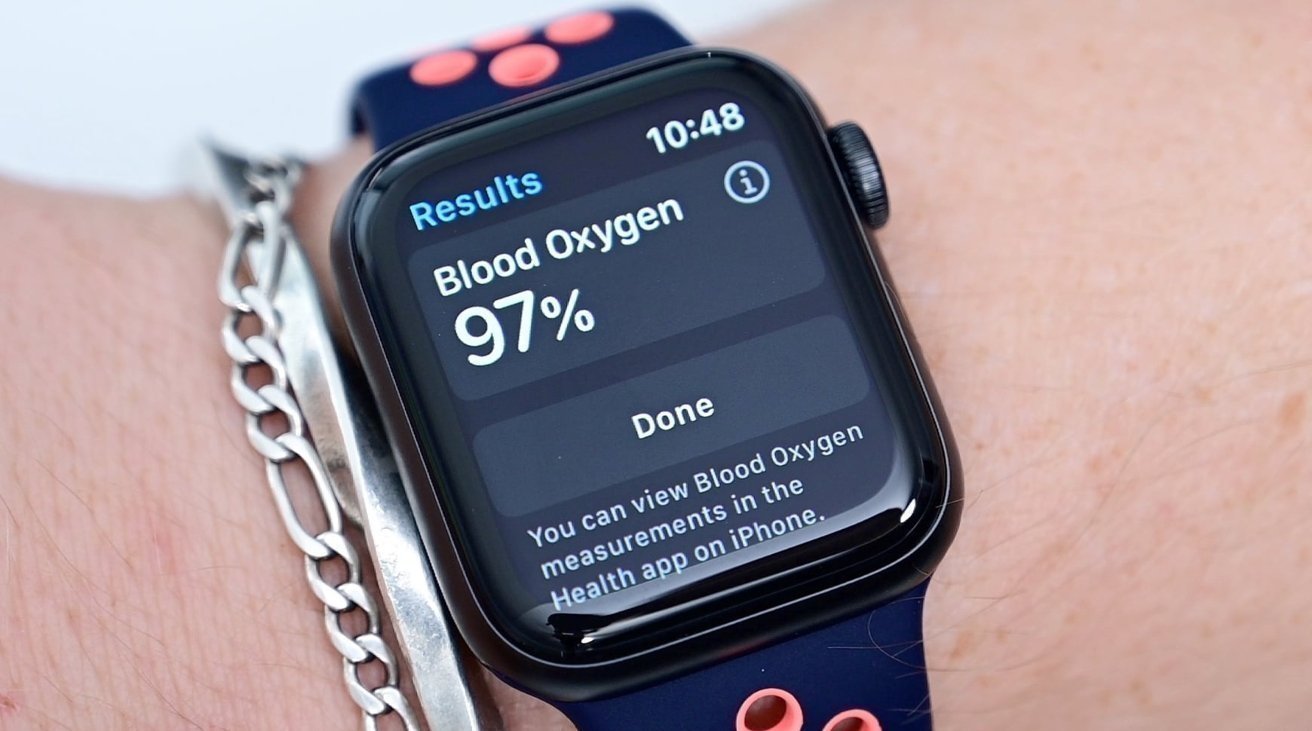 Apple Watch's blood oxygen sensor
Apple Watch's blood oxygen sensor
One of those health features concerned using light to measure blood oxygen levels. And in 2020,
that prompted medical device manufacturer Masimo to sue
Apple over the Apple Watch Series 6.
That case rumbled on until the subject was the Apple
Watch Series 9, which was hit by an import
ban in the US. Masimos versus Apple may never be sorted out, but in the meantime Apple has
disabled that blood oxygen sensor — and Masimos's CEO has stepped
down.
Beyond the Apple Watch
Masimo's legal challenge wasn't only about the Apple Watch Series 9. It also covered the Apple Watch
Ultra.
The first version of that was launched in
2022, bringing with it a larger screen, greater waterproofing for divers — and an Action Button. That
customizable physical button has since spread to the iPhone, but it began on the Apple Watch Ultra.
While this larger model doesn't get updated every year, or at least not significantly, nor does
the other newer entrant to the range. Apple Watch SE was launched even earlier than the Apple Watch Ultra,
coming out in
2020 — and without any blood oxygen feature to trip it up in lawsuits.
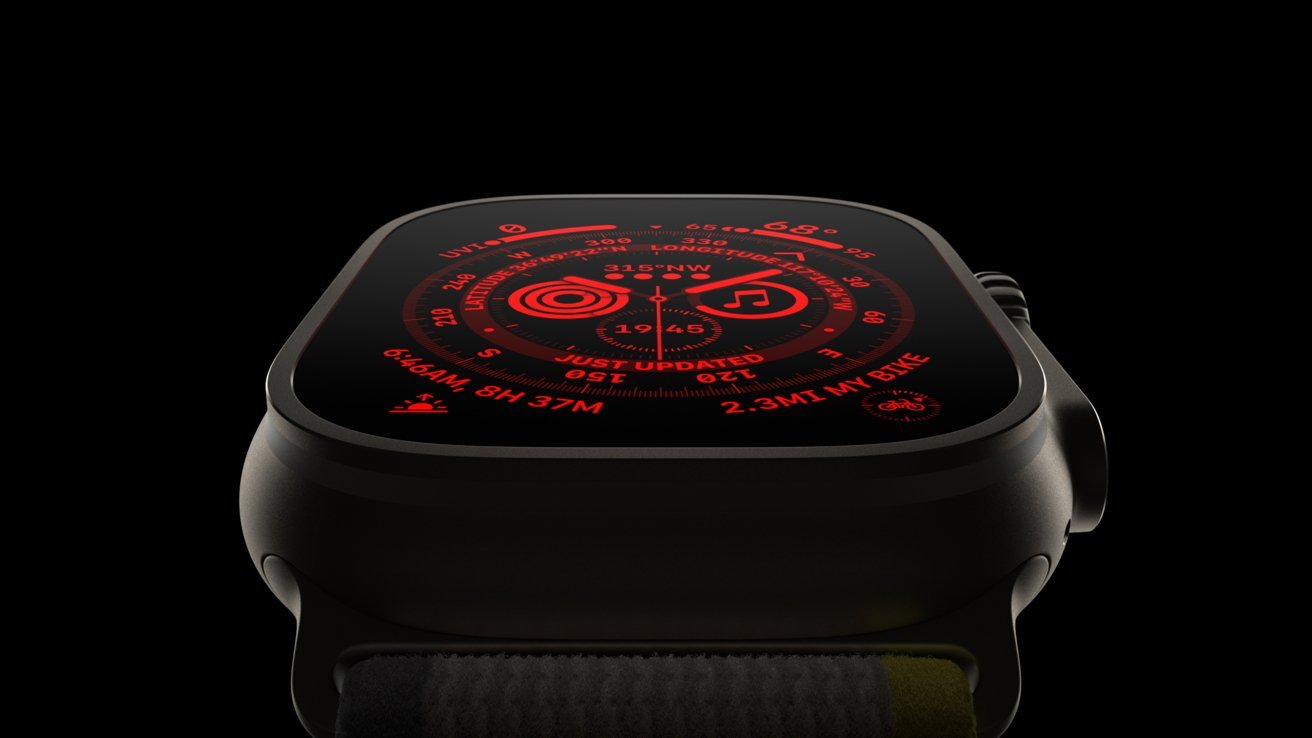 Apple Watch Ultra looks cool. Or possibly evil.
Apple Watch Ultra looks cool. Or possibly evil.
That was less from trying to avoid legal hassles, and more to offer a cheaper Apple Watch while
not cannibalizing
sales from the regular Apple Watch.
Apple Watch Ultra is ostensibly aimed at rugged, outdoor sports people, and the Apple Watch SE
is at least partly aimed at parents buying for their children. In practice, adults and coach-potatoes wear
either, but Apple has at least spaced the models out at steadily higher price points.
Ten years on
Maybe because a watch is such a personal device, but it does still feel as if the Apple Watch
is a new product — until you see an Apple Watch Series 0 again. Today that original Watch seems impossibly
small, practically unusably so, and it is limited.
The current Apple Watch Series 10 still needs you to have an iPhone. But
where the iPhone was a crucial umbilical cord for the original Apple Watch, now it's far more possible to leave
your phone behind and rely on your wrist-watch.
But that's not a casual use of the word "rely," either. It's not rely on it in just the sense
of being used to having it around.
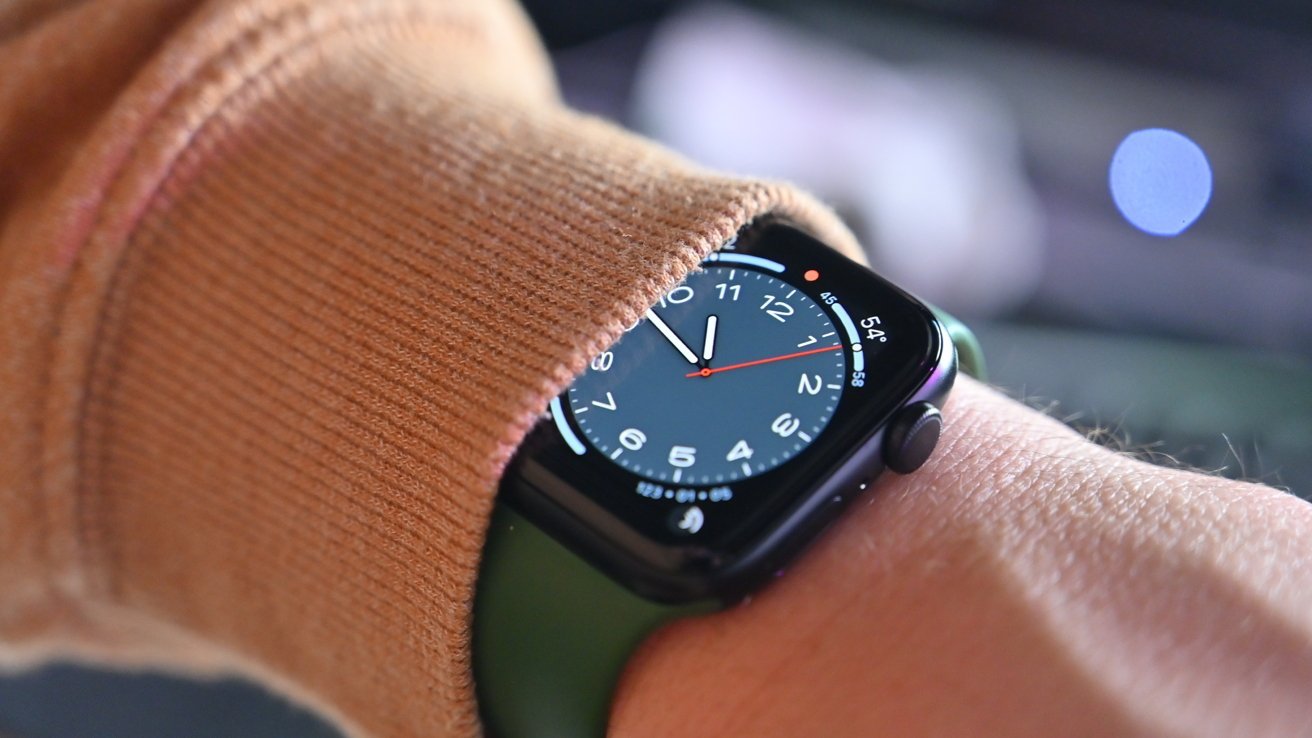 Apple Watch SE 2
Apple Watch SE 2
Instead, Apple Watch is helping people watch
their weight, and perhaps especially so since it is tightly-integrated into Apple
Fitness+, which launched in
2020.
And you need to read this. In 2021, AppleInsider's Mike Wuerthele wrote about the
death of his daughter, and in a piece where you feel the howling
anguish, he explains how this little Apple Watch device on his wrist helped him.
It's no Apple fan's enthusing, given that this piece was the third in a series about him being
essentially forced to wear one. It's a man driven to Takotsubo cardiomyopathy by despair and grief, and alerted
to it by his Apple Watch.
I asked him about it while writing this. He and his doctors both concur that it saved his life.
That's not some Apple toy, not some nice but unnecessary iPhone upgrade. It's a personal device
making a difference in people's lives.
Whatever comes next with the Apple Watch Series 11 and beyond, it is going to continue to be
this. It's going to be health.
"If you zoom out into the future, and you look back, and you ask the question, 'What was
Apple's greatest contribution to mankind?'" said Tim Cook in
2019, "it will be about health."
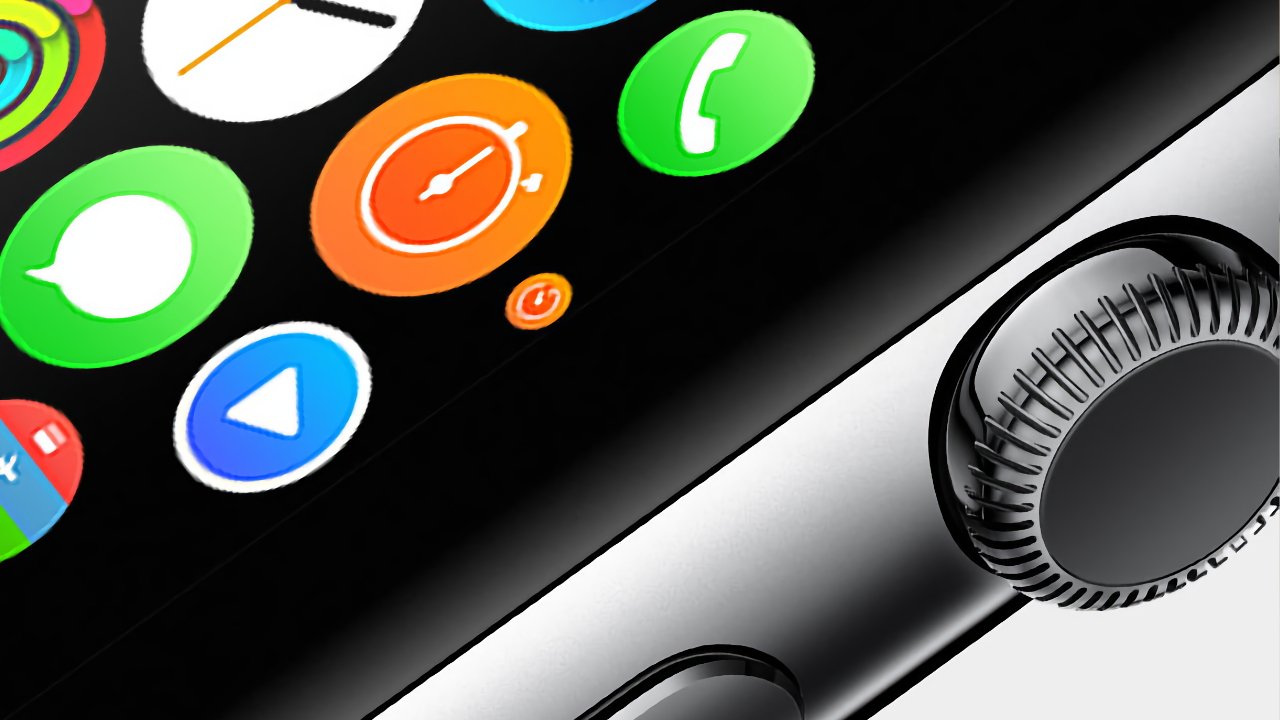





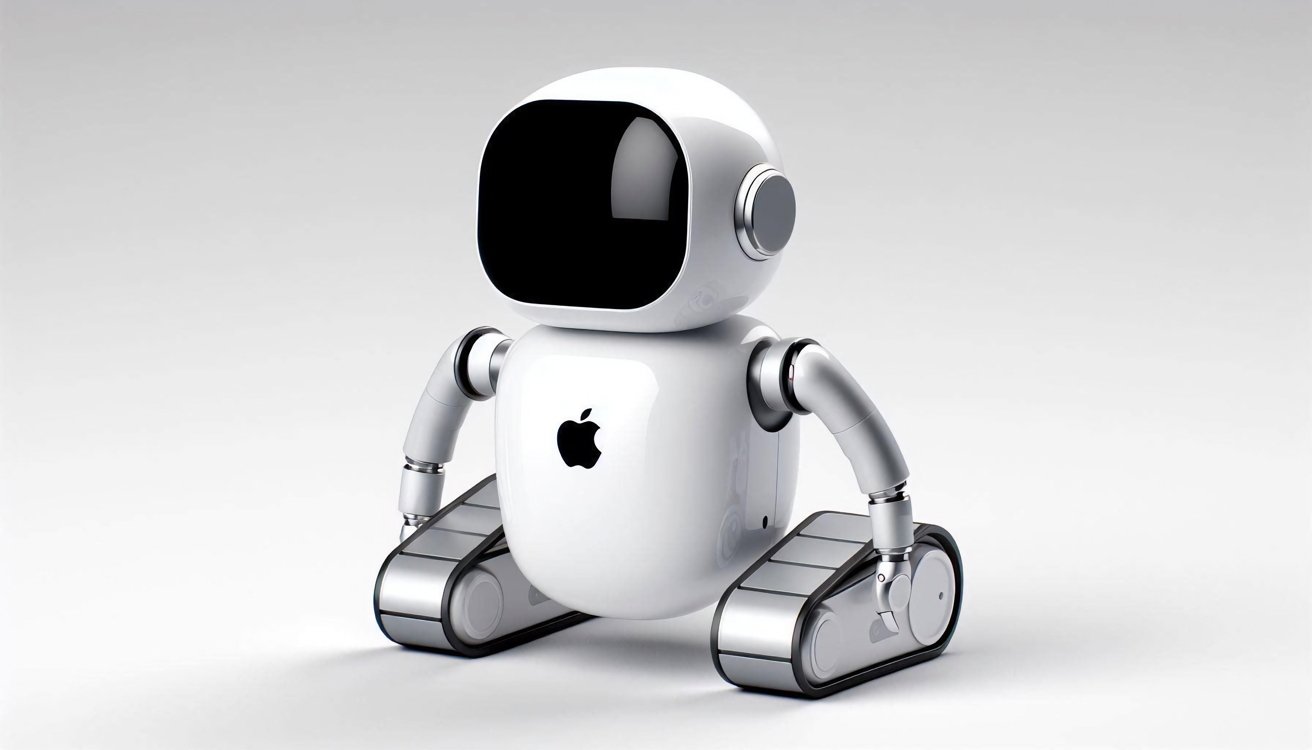
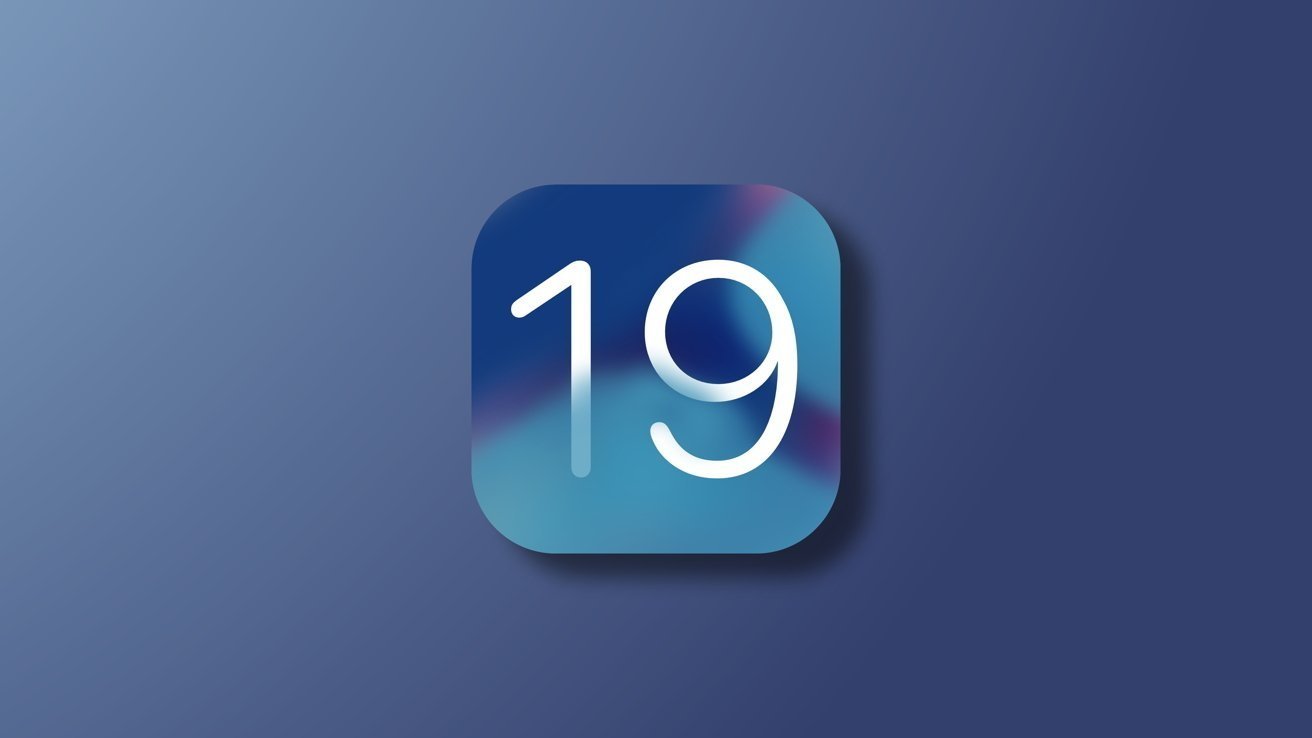
0 Comments
Leave a Comment